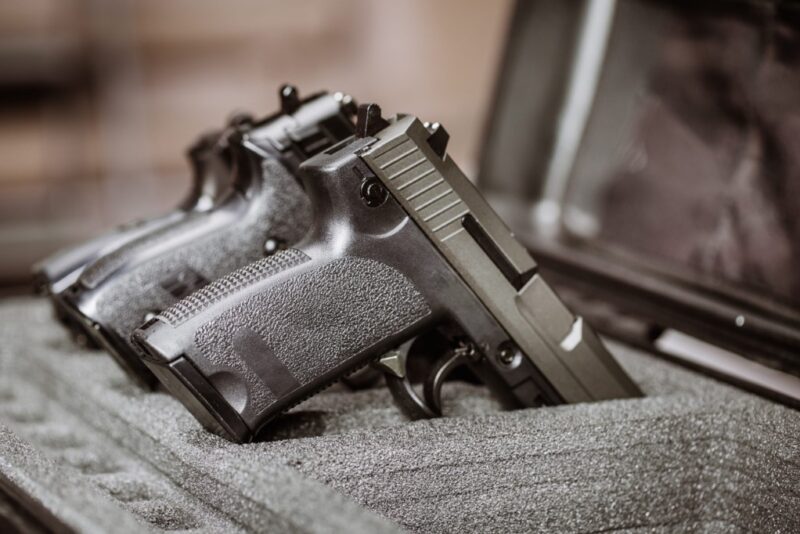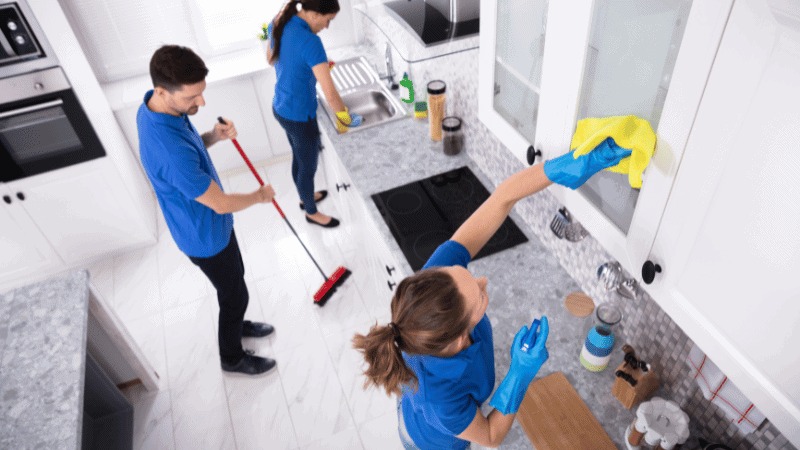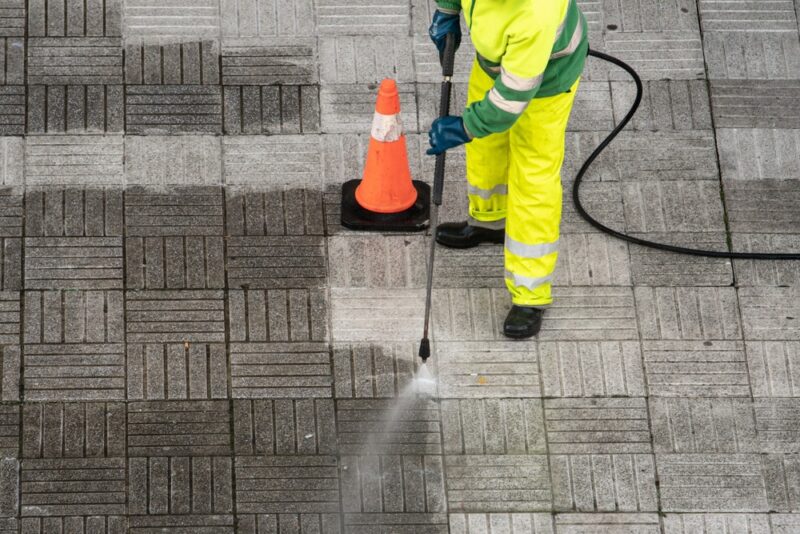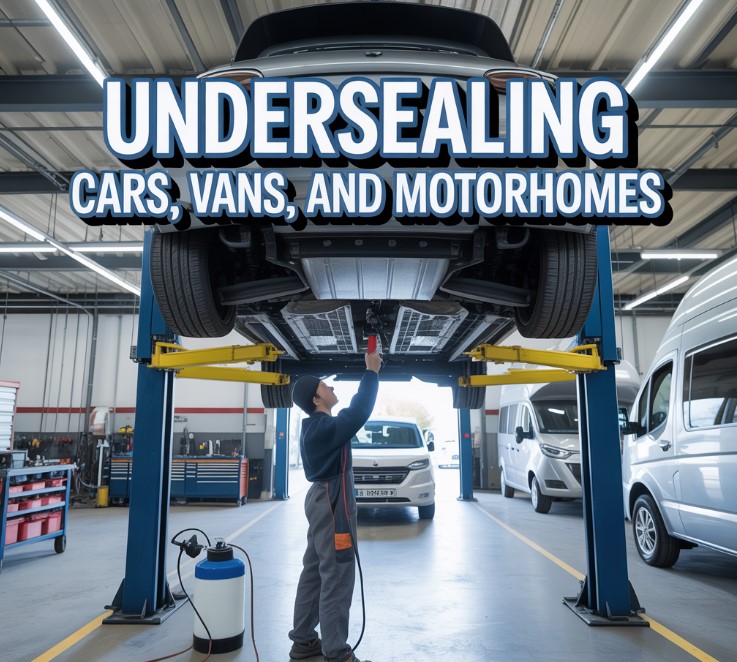Firearms are a significant responsibility, whether you’re a collector, hunter, or just want to protect your home. Properly securing your firearms ensures the safety of everyone in your household and helps prevent accidents or theft.
In this comprehensive guide, we’ll explore practical and effective ways to secure your firearms, helping you avoid that dreaded “Oops, I forgot” moment. For more information on gun shows and firearm safety, visit https://arkansasgunshows.com/.
Choosing the Right Gun Safe
Selecting the appropriate gun safe is essential for ensuring the security and accessibility of your firearms, balancing safety with convenience.
Types of Gun Safes
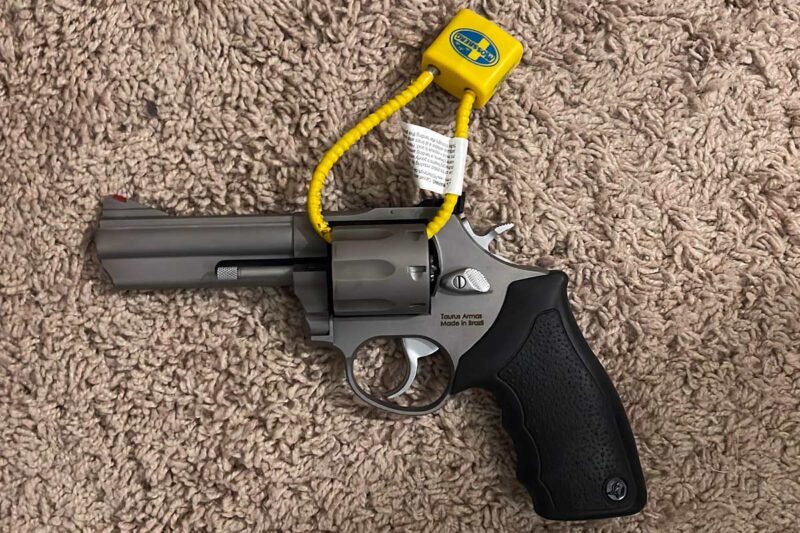
- Biometric safes ─ These use fingerprint recognition for quick access. They offer a balance of security and convenience, making them an excellent choice for those who need rapid access in emergencies. The technology behind biometric safes has improved significantly, offering reliable fingerprint recognition with minimal error. However, it’s essential to keep the scanner clean and updated to ensure consistent performance.
- Combination and keypad safes ─ Traditional options that require a combination or code. They provide reliable security but may take longer to open, especially under stress. Combination and keypad safes are versatile and can be used for a variety of valuables, not just firearms. It’s crucial to choose a combination that’s easy for you to remember but difficult for others to guess and consider a model with an emergency override key for added security.
- Key lock safes ─ Simple and affordable but less secure if keys are lost or stolen. These safes are a practical option for those on a budget or with limited storage needs. However, it’s essential to keep spare keys in a separate, secure location to avoid being locked out. Be mindful that key lock safes might not offer the same level of protection against theft or tampering as more advanced models.
Size and Capacity Considerations
Select a safe that fits your needs. If you have multiple firearms, consider a larger safe with enough space for all your guns and accessories. Think about future purchases, too, as you might need more space later on.
The interior configuration is also important; look for adjustable shelving and padding to prevent damage to your firearms. Additionally, consider the weight and dimensions of the safe to ensure it fits in your chosen location and can be moved if necessary.
Fire and Water Protection
Invest in a safe that offers fire and water resistance. This protects your firearms and any important documents stored inside from unexpected disasters. Look for safes with a high fire rating, typically indicating they can withstand a certain temperature for a specified duration.
Water resistance is also crucial, especially if you live in an area prone to flooding. A good safe should have a tight seal and construction that can keep contents dry even in severe conditions.
Safe Storage Practices
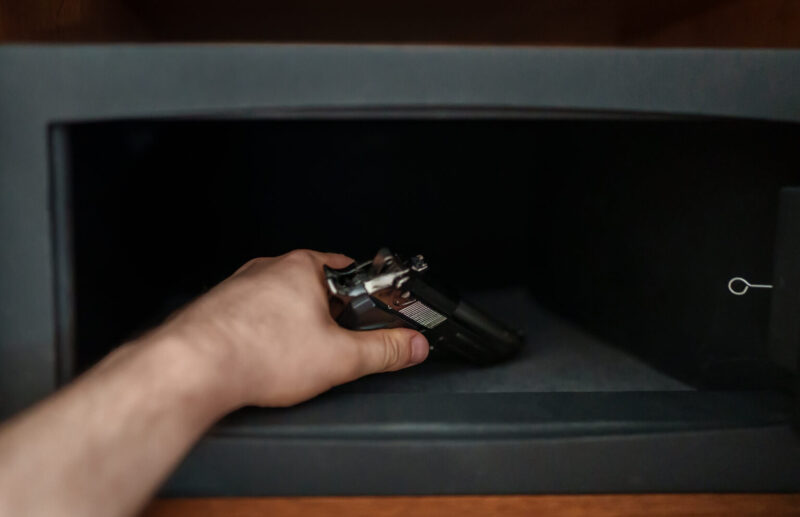
Proper storage of your firearms is essential to ensure they remain secure, functional, and accessible only to authorized individuals.
Storing Firearms and Ammunition Separately
Always store firearms unloaded and keep ammunition in a separate, locked container. This extra step minimizes the risk of accidents, especially if someone gains unauthorized access to your firearms. Storing ammunition separately also ensures that, in the event of a break-in, an intruder cannot quickly load and use the firearms.
This practice is a key component of responsible gun ownership, reducing the chances of misuse or tragic accidents.
Use Trigger Locks and Cable Locks
Trigger locks and cable locks provide an added layer of security. They prevent firearms from being loaded or fired, even if someone accesses them. These locks are relatively inexpensive and easy to use, making them a practical addition to any firearm storage plan.
While they are not a substitute for a safe, they add an important level of safety, especially in homes with children. Regularly inspect these locks for wear and tear and replace them if necessary to ensure they function properly.
Regularly Check and Maintain Your Safe
Ensure your safe remains functional by regularly checking the locking mechanisms and batteries (if applicable). Clean and lubricate the lock to keep it in good working condition. This maintenance routine helps prevent malfunctions that could prevent access to your firearms when needed.
It’s also a good idea to periodically review the contents of your safe and ensure everything is stored securely. In the case of electronic safes, have backup batteries on hand and replace them according to the manufacturer’s recommendations.
Teaching Responsibility and Safety
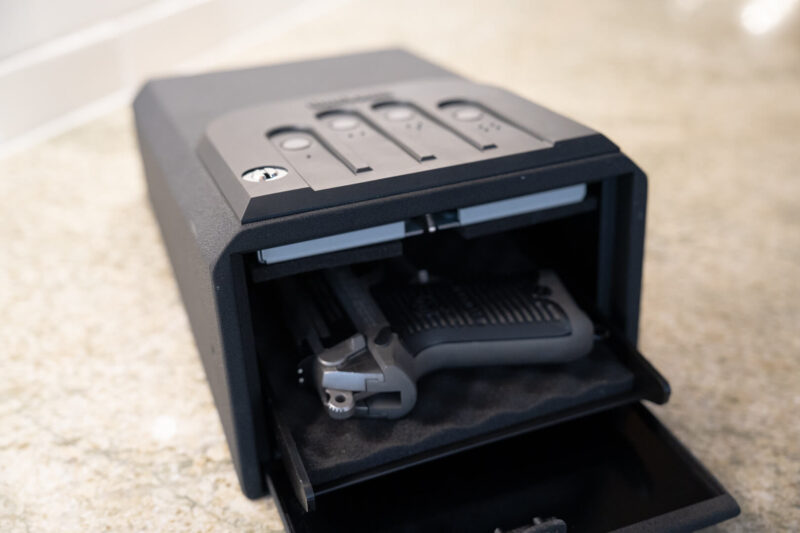
Ensuring that everyone in your household understands and respects the importance of firearm safety is crucial to preventing accidents and fostering a safe environment.
Educating Family Members
If you have children or other family members in your home, educate them about firearm safety. Explain the dangers and the importance of not handling guns without proper supervision.
Setting Rules and Boundaries
Establish clear rules regarding firearm handling and storage. Ensure everyone understands and follows these rules to maintain a safe environment.
Regular Training and Practice
Regularly practice safe firearm handling and storage techniques. This helps reinforce good habits and keeps safety at the forefront of your mind.
Responding to Emergencies
When an unexpected situation arises, knowing how to respond quickly and effectively is crucial for minimizing harm and ensuring safety.
What to Do if Your Firearm Is Stolen
If your firearm is stolen, report it to the police immediately. Provide them with the firearm’s make, model, and serial number. This information helps law enforcement track and recover your firearm.
Handling Accidents and Misfires
In the event of an accident or misfire, prioritize safety. Clear the area and ensure no one is injured. If necessary, seek medical attention and report the incident to authorities.
Insuring Your Firearms
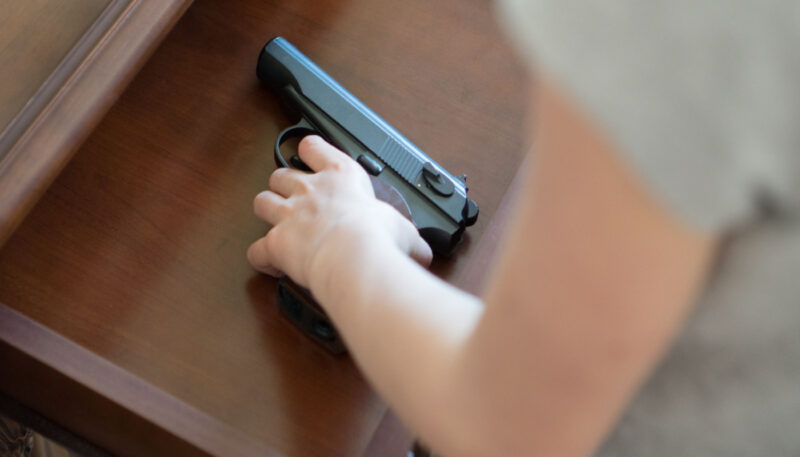
Consider adding your firearms to your homeowner’s or renter’s insurance policy. This can cover theft, damage, or loss. Specialized gun insurance policies are also available for added protection.
Be aware of your insurance policy’s coverage limits and exclusions. Ensure your firearms are adequately covered, especially if you own high-value or collectible guns.
In Summary
Securing your firearms is a critical responsibility that requires thoughtful planning and consistent practice. By following the tips and strategies outlined in this guide, you can avoid the classic “Oops, I forgot” moment and ensure the safety of your household and community.

